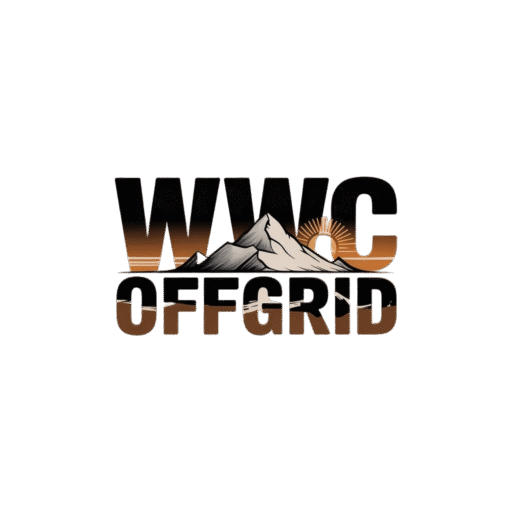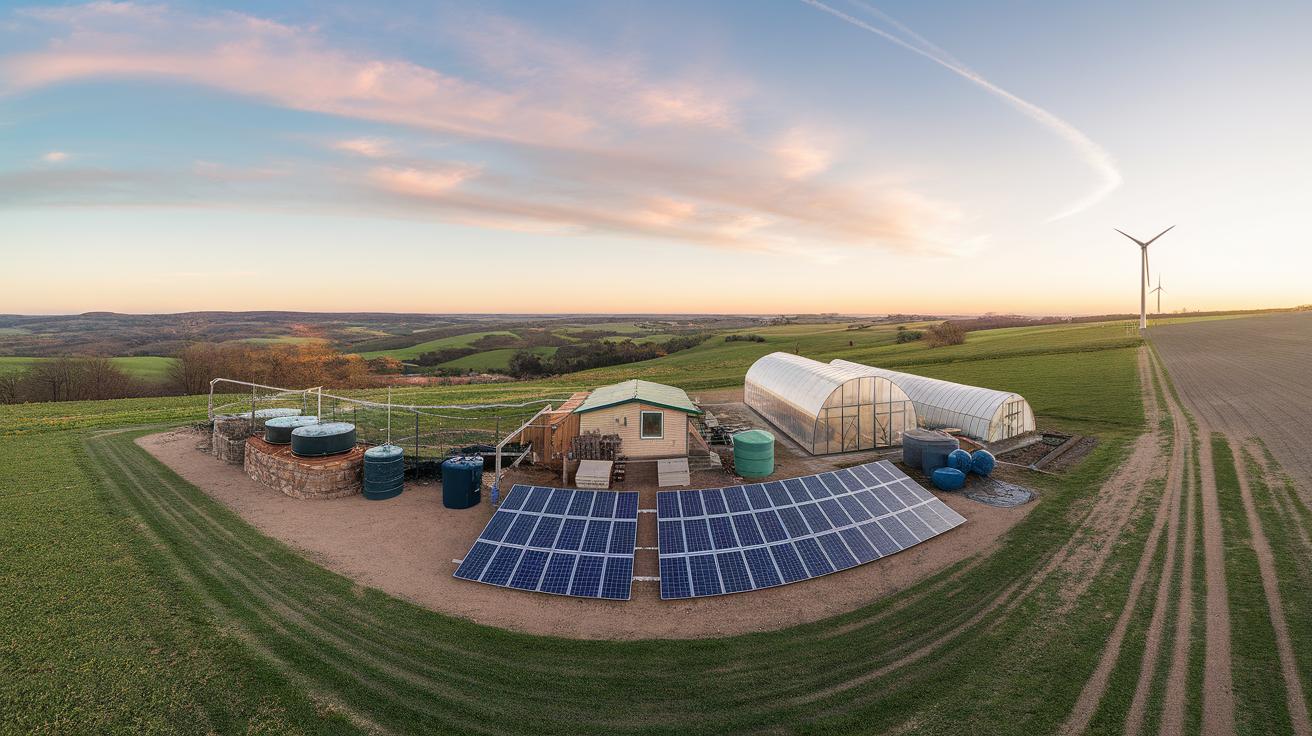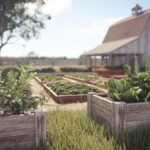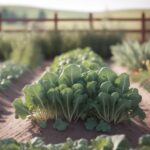Introduction
Self-sufficient living represents a lifestyle choice that prioritizes independence and sustainability. It involves creating systems in our lives that allow us to meet basic needs without relying heavily on external resources. This lifestyle connects individuals with nature and emphasizes a simpler way of living, which can lead to greater fulfillment and freedom. Many people seek these strategies to cultivate resilience against today’s uncertain economic times. Through practices such as permaculture, food production, and renewable energy solutions, individuals can significantly reduce their reliance on outside sources.
The pursuit of self-sufficiency goes beyond simply growing food or producing energy. It includes a holistic approach to living that covers various aspects of daily life, from financial stability to emotional well-being. In this article, we will explore effective strategies for achieving self-sufficiency and discover how small changes can transform our lives into something more fulfilling and sustainable. By understanding these principles, anyone can start their journey towards greater autonomy and a more resilient future.
Understanding Self Sufficiency
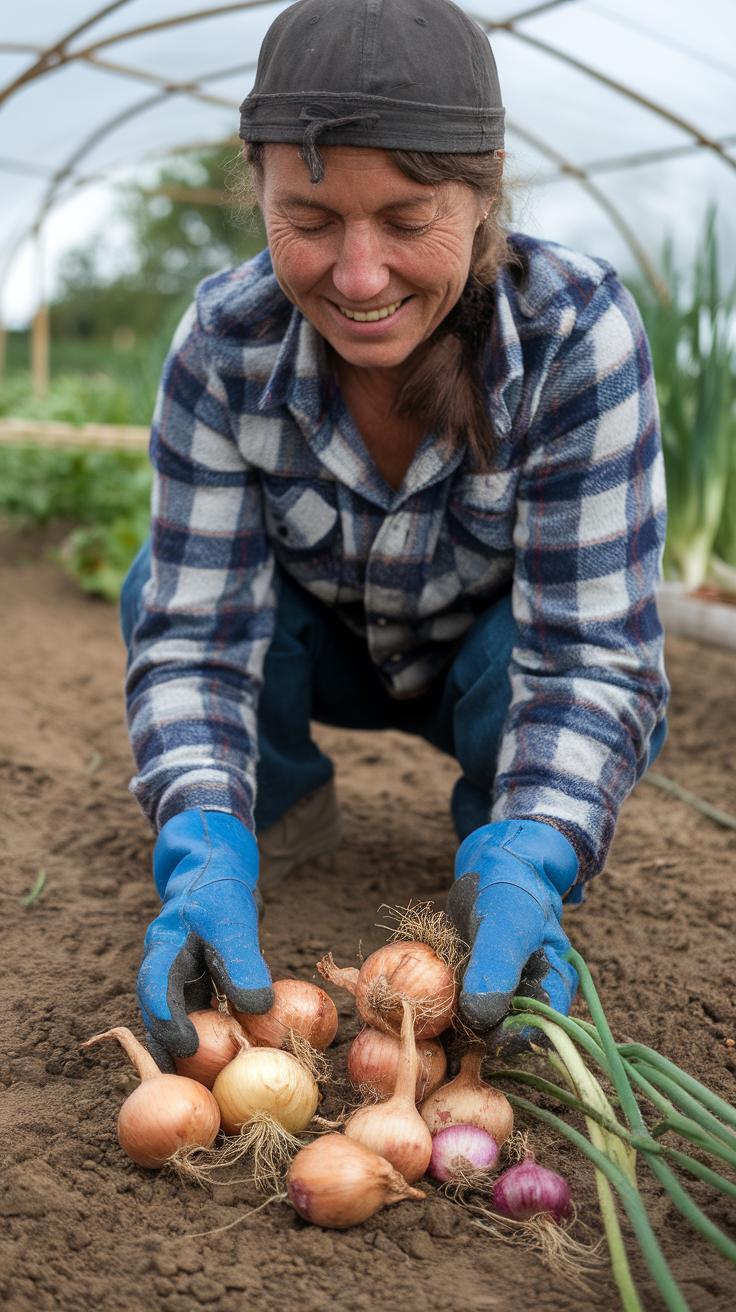
What Self-Sufficiency Means
Self-sufficiency means living independently without relying heavily on outside resources. This approach allows people to grow their own food, generate energy, and create other necessities in life. In today’s world, self-sufficiency holds great importance as it encourages individuals and communities to reduce their dependence on commercial systems. This independence helps to build resilience in times of crisis, such as economic downturns or natural disasters.
Empowerment Through Self-Sufficiency
Learning to provide for oneself empowers people to make choices free from external pressures. This lifestyle fosters skills like gardening, cooking, and energy management. When communities adopt self-sufficient practices, they strengthen connections among neighbors and promote shared resources. Overall, pursuing self-sufficiency cultivates confidence and a deeper understanding of personal capabilities, enabling individuals to thrive while fostering a supportive environment.
Benefits of Self Sufficient Living Achieve Freedom with Sustainable Independence

Reducing Costs and Enhancing Personal Health
Self-sufficient living can dramatically lower expenses. When you grow your own food and produce your own energy, you cut down on grocery bills and utility costs. This saves money in the long run and helps you avoid relying on fluctuating market prices. On top of that, growing your own vegetables means fresher, healthier options without pesticides. This practice can lead to improved personal health and well-being.
Creating a Sense of Fulfillment
Living self-sufficiently often brings a deep sense of accomplishment and satisfaction. When you rely on your skills and labor to meet your needs, you gain confidence in your abilities. You feel connected to the earth and the community around you. Achieving independence opens up opportunities for creative expression, inviting you to craft unique solutions to challenges. This journey toward self-sufficiency not only promotes personal growth but also fosters a lifestyle of resilience and adaptability.
Essential Skills for Self Sufficiency

Key Skills for Achieving Independence
Mastering essential skills can transform your life toward self-sufficient living. First, gardening skills allow you to grow your own food. Understanding how to plant, nurture, and harvest fruits and vegetables can reduce grocery costs and ensure nutritious meals. Cooking from scratch enhances your health by eliminating processed ingredients.
Crafting skills also play a vital role. Learning to sew, repair, or build items saves money and fosters creativity. Basic woodworking and metalworking can help you create furniture, tools, or decor, reducing dependence on stores.
Understanding basic financial management helps you budget and save effectively. This skill ensures financial security and supports your self-sufficiency goals. Developing these skills empowers individuals to embrace independence and build a sustainable lifestyle.
Sustainable Energy Solutions Examine Renewable Energy Sources
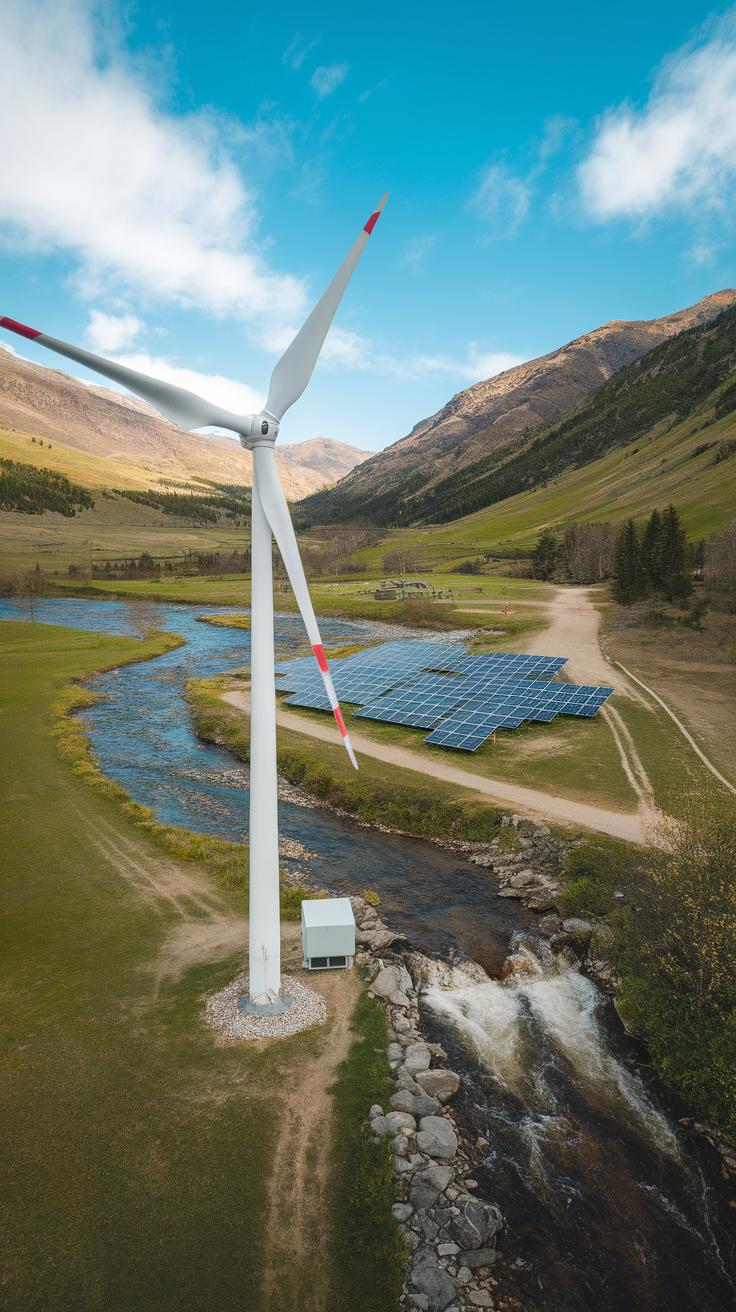
Exploring Renewable Energy for Self-Sufficiency
Sustainable energy solutions play a key role in achieving self-sufficient living. Many people rely on traditional energy sources, which can cost a lot and harm the environment. Renewable energy sources, such as solar, wind, and hydropower, offer practical alternatives. Solar panels can convert sunlight into electricity, allowing homes to generate their own power. Wind turbines harness wind energy to produce electricity, often in areas with consistent wind flow. Using these methods reduces bills and provides freedom from energy companies.
Benefits of Sustainable Energy Solutions
Switching to renewable energy decreases reliance on fossil fuels and cuts greenhouse gas emissions. This shift promotes a cleaner environment. People can achieve energy independence by producing their own power and gaining control over their energy needs. Implementing renewable energy solutions unlocks a path towards sustainable living, creating a healthier planet for all. As more individuals adopt these technologies, communities can collectively benefit from decreased energy costs and enhanced resilience.
Effective Water Management The Key to SelfSufficient Living
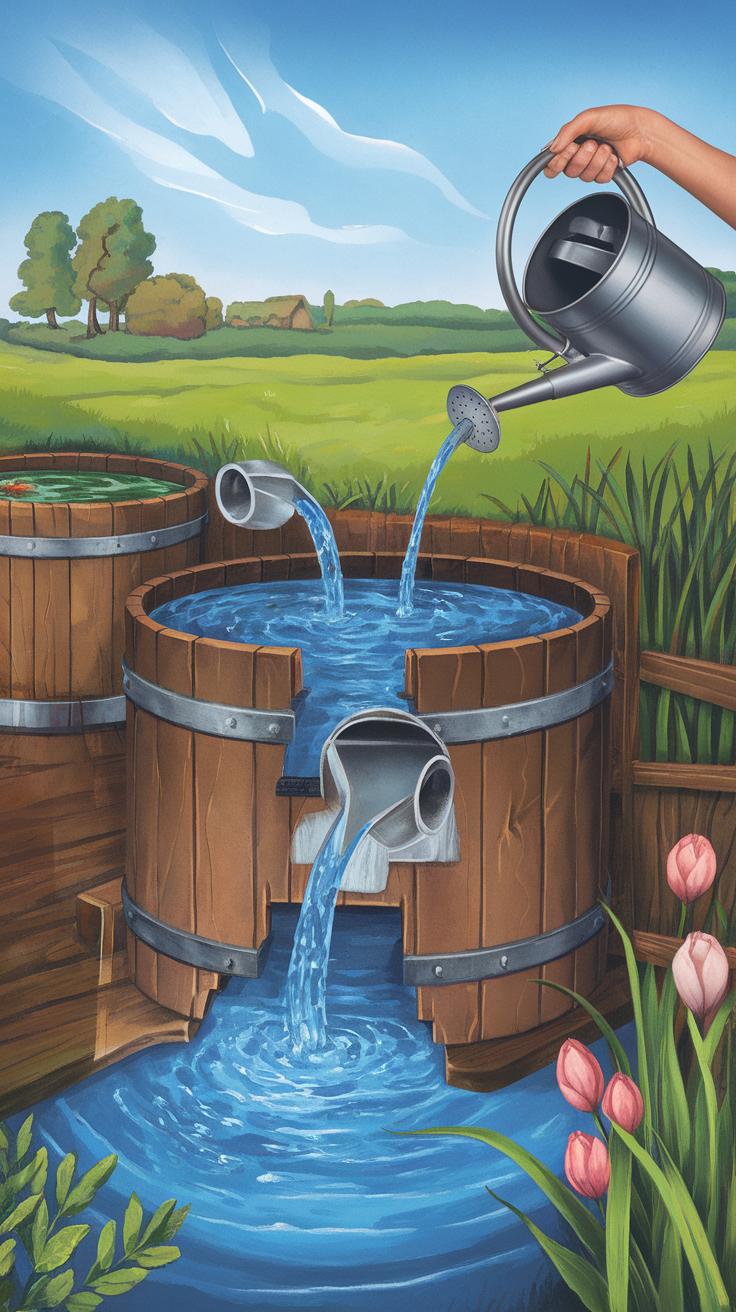
Importance of Water Management in Self-Sufficient Living
Water serves as a lifeline for self-sufficient living. Proper management of this vital resource ensures that you meet your needs without relying on outside sources. Conserving and collecting water become essential steps for anyone wishing to achieve true independence. A well-planned water management system reduces waste and empowers people to live sustainably.
Strategies for Conserving and Collecting Water
Start by installing rain barrels to catch rainwater from your roof. This collected water works perfectly for watering gardens or washing equipment. Implementing drip irrigation systems can enhance efficiency in garden watering, minimizing water waste. Use mulch around plants to retain moisture and reduce evaporation. Connecting greywater systems can also recycle water from sinks or showers for irrigation. These strategies not only conserve water but also create a sense of responsibility toward the environment.
Building a Self Sufficient Community

Creating Connections for Sustainable Living
Self-sufficient living often thrives in a supportive community. When people come together, they create a network that enhances resource sharing and builds resilience. Neighbors can exchange skills, such as gardening tips or carpentry techniques, fostering a collaborative spirit. This community engagement encourages individuals to learn from each other and find solutions to their challenges.
The Power of Shared Resources
Pooling resources can greatly reduce costs. For instance, communities can set up a shared garden or a tool library where everyone benefits. A local animal sharing program can help families raise livestock without the burden of full ownership. These collaborative efforts strengthen bonds while providing practical support, making life more manageable and independent for everyone involved.
Challenges of Self Sufficiency
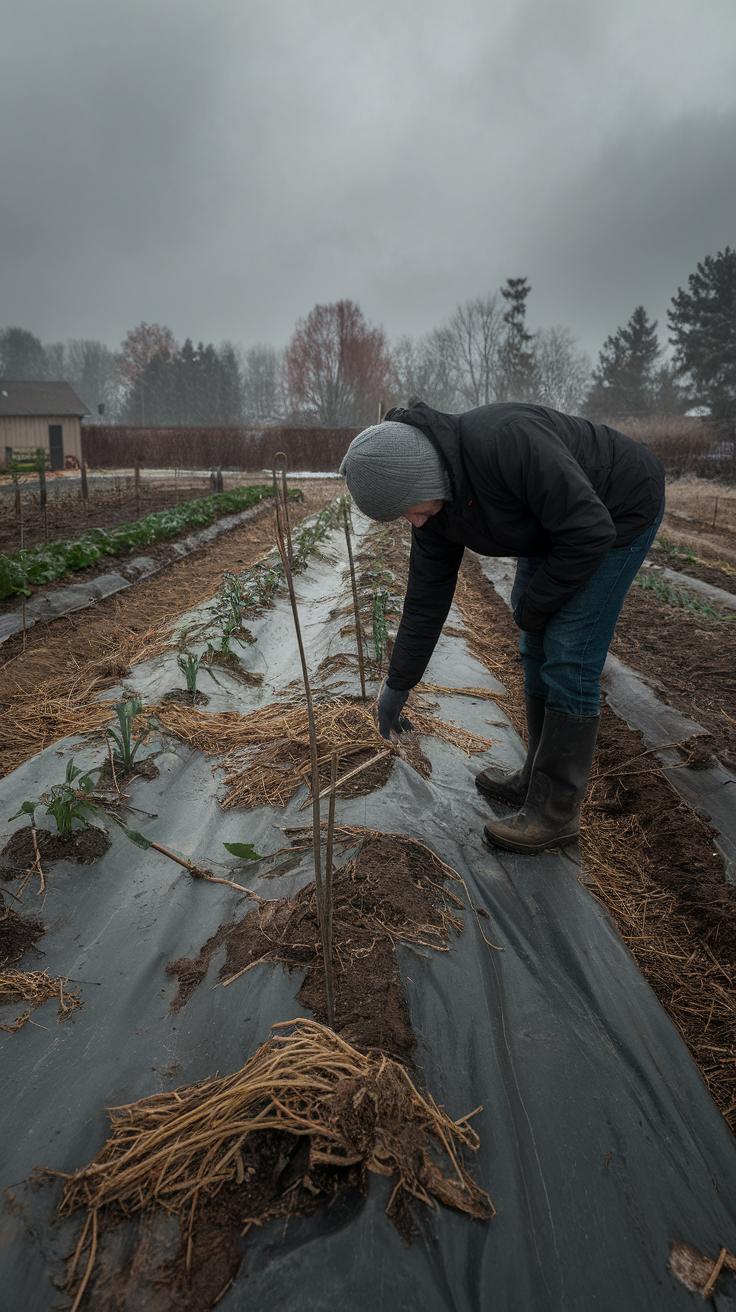
Identifying the Obstacles
Individuals pursuing a self-sufficient lifestyle often face several challenges. Limited knowledge about gardening and food preservation can hinder their ability to produce and store their own food. Technical skills also play a vital role. Many lack the expertise to maintain renewable energy systems or build sustainable structures. Financial constraints pose another significant barrier. Initial setup costs for sustainable living practices can deter people from starting their journey. Additionally, societal pressure can create feelings of isolation, as friends and family may not fully support a self-sufficient lifestyle.
Solutions for Overcoming Challenges
To overcome these hurdles, aspiring self-sufficient individuals can start small. They should focus on mastering basic gardening techniques and gradually expand their skills. Online resources or community workshops can provide valuable knowledge and connections. Financially, creating a budget helps manage costs, while seeking out grants or local programs can ease financial burdens. Building a supportive network, as discussed previously, can combat feelings of isolation. Collaborating with others can create shared resources and foster encouragement in the self-sufficiency journey.
The Future of Self Sufficiency Innovations and Trends That Shape Sustainable Living
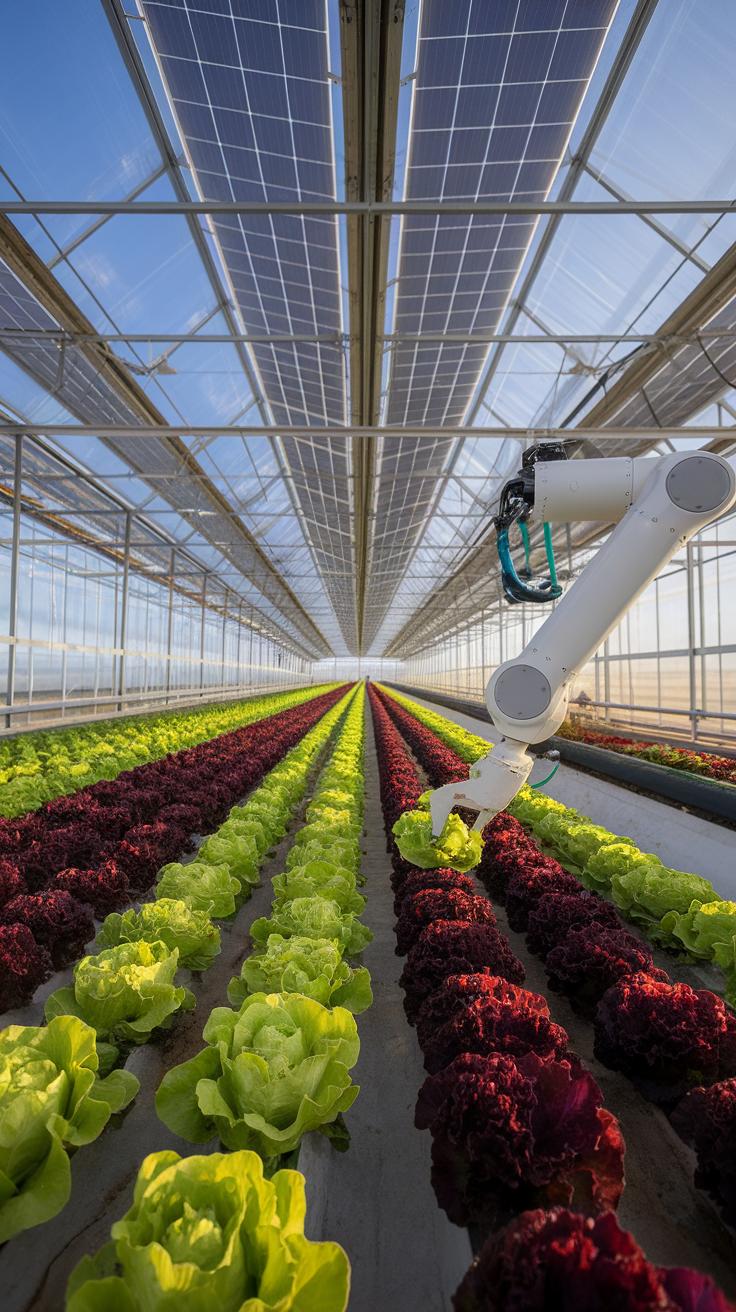
Emerging Innovations in Self-Sufficient Living
People increasingly embrace self-sufficient living as they recognize its benefits. New technologies make this lifestyle easier and more accessible. Homeowners now use solar panels to generate electricity, significantly reducing dependence on traditional power sources. Smart home systems also allow individuals to monitor energy usage and optimize resources. These innovations not only save money but also help protect the environment.
Sustainable Practices on the Rise
Trendsetters increasingly favor organic gardening and permaculture as ways to produce food sustainably. Community gardens flourish in urban areas, promoting local growing and sharing among neighbors. Aquaponics systems combine fish farming with hydroponics, enabling people to create a balanced ecosystem for growing plants and raising fish in limited space. These practices show promise for improving food security and fostering community connections.
Conclusions
Self-sufficient living involves adopting strategies that promote independence from external resources, leading to a more resilient lifestyle. By implementing a few key practices like growing your own food, harnessing renewable energy, and building community ties, anyone can work towards achieving self-sufficiency. This lifestyle offers numerous benefits, including reduced costs, improved health, and a stronger connection to the planet.
Embracing self-sufficient living not only empowers individuals but also contributes to the well-being of the community as a whole. Each step taken towards self-sufficiency brings you closer to a more sustainable and liberated way of life. By integrating these strategies into your daily routine, you can overcome reliance on external forces and achieve true freedom.
